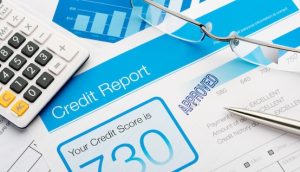
In the first blog post in this particular series, we went into detail about managing credit payments and how your payment history impacts your credit score. Managing your monthly debt payments is extremely important and is often times underestimated by consumers.
Almost equally as important as managing your monthly credit payments, is also your ability to manage the outstanding balances that you carry on your credit cards and debt. This particular aspect of managing your debt really applies to anything that would be considered a revolving debt:
Revolving Debt can include:
- Credit Cards
- Line of Credits
- Home Equity Lines of Credit.
- Any debt that allows you to use the credit, pay it off and then use it again.
The trick when it comes to managing the balances on revolving debt is knowing that you need to keep the outstanding balance below 65% of the limit. The credit system is designed to look for red flags that indicate consumers might be at risk of defaulting on their debt. One of those red flags is how much of your available credit limit you have used up. If you have a few credit cards and all of those credit cards are maxed out, then it indicates to the credit agencies that you might be relying on your credit to manage your daily expenses and obligations.
